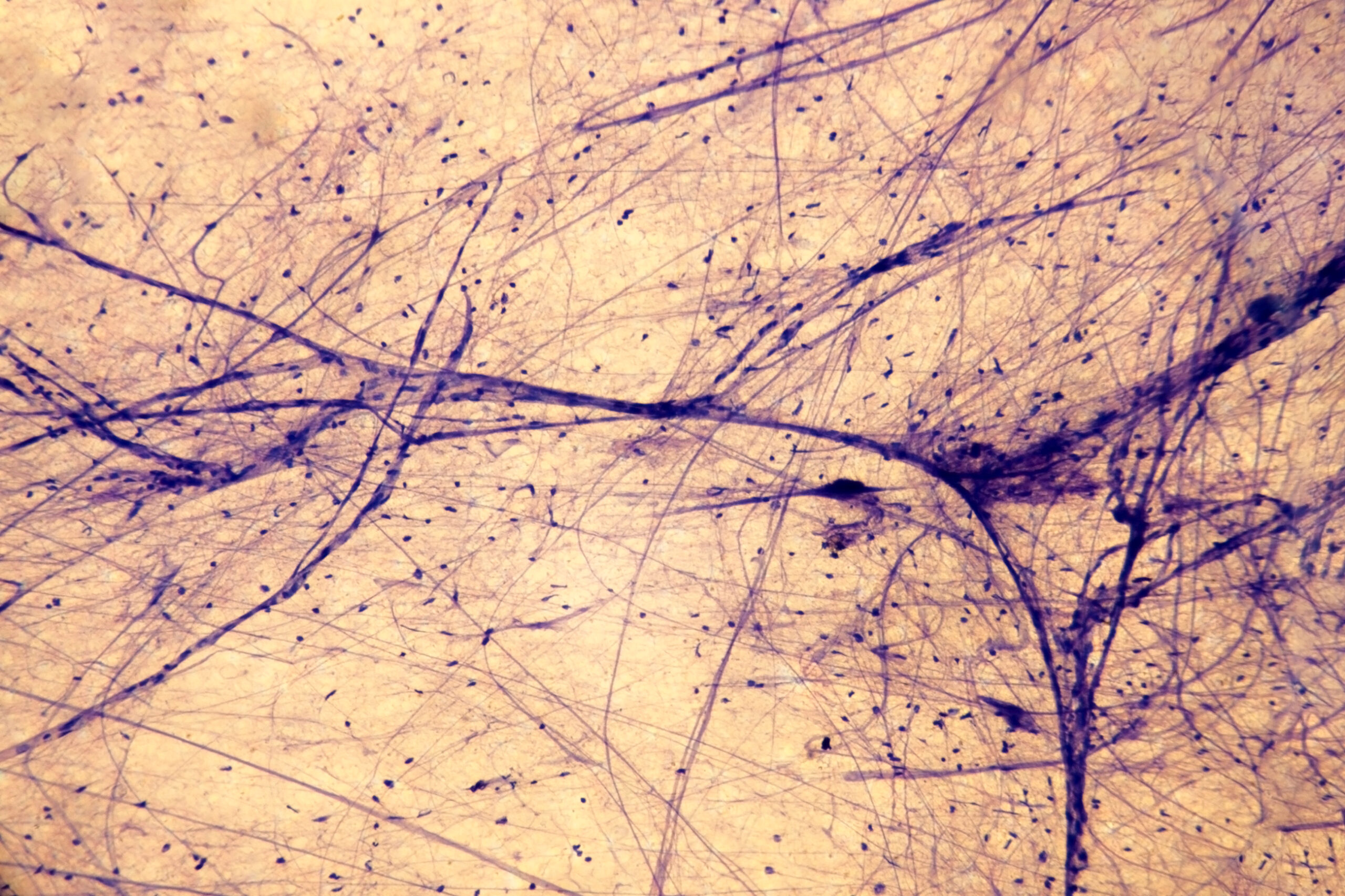Inherited neuromuscular disorders (INDs) represent a heterogeneous group of diseases that predominantly affect the peripheral nervous system, particularly the muscles and nerves controlling them. These conditions, passed down through generations, are caused by genetic mutations and are characterized by progressive muscle weakness, wasting, and often debilitating disability.
INDs are classified into different types, including muscular dystrophies, hereditary motor and sensory neuropathies, congenital myopathies, hereditary spastic paraplegias, and channelopathies. The symptoms, prognosis, and treatment options vary significantly depending on the type and severity of the disorder.
Muscular dystrophies, perhaps the most well-known type of INDs, are a collection of disorders that result in muscle weakness and loss of muscle mass over time due to mutations in genes responsible for maintaining the structure and health of muscle cells. The most common forms include Duchenne and Becker muscular dystrophies. Duchenne, usually appearing in boys during early childhood, leads to severe muscle weakness, often rendering the patient wheelchair-bound by adolescence. Becker muscular dystrophy, although similar to Duchenne, is less severe and has a slower progression.
Hereditary motor and sensory neuropathies, often referred to as Charcot-Marie-Tooth disease, are a diverse group of INDs that impact both motor and sensory nerves. They are characterized by a progressive loss of muscle tissue and touch sensation across various parts of the body, predominantly affecting the hands and feet.
Congenital myopathies are a group of disorders that present at birth or infancy with generalized muscle weakness and hypotonia. They are caused by defects in proteins responsible for muscle contraction. Central core disease and nemaline myopathy are two examples within this category.
Hereditary spastic paraplegias (HSPs) predominantly affect the long nerve fibers that are responsible for muscle movement in the legs, causing progressive muscle stiffness and weakness, known as spasticity. Over time, patients with HSPs may require walking aids or wheelchairs for mobility.
Finally, channelopathies refer to disorders caused by defects in ion channels, which play a vital role in nerve and muscle function. Myotonia congenita and periodic paralysis are typical examples of muscle channelopathies, presenting with symptoms such as muscle stiffness and episodic muscle weakness, respectively.
Diagnosis of INDs typically involves a combination of medical history, physical examination, and specific diagnostic tests, including genetic testing, nerve conduction studies, electromyography, and muscle biopsy. As these are genetic disorders, genetic counseling can provide vital information to patients and their families about inheritance patterns and potential risks to other family members.
There is no known cure for inherited neuromuscular disorders. However, treatments focus on managing symptoms, slowing disease progression, and improving quality of life. This may involve physiotherapy, occupational therapy, speech therapy, the use of assistive devices, and potentially surgery. Certain medications can also help control symptoms.
Inherited neuromuscular disorders are complex and can bring significant challenges to the affected individuals and their families. Despite the lack of a cure, ongoing research offers hope for better understanding, improved therapies, and potentially, one day, a cure for these devastating conditions.
